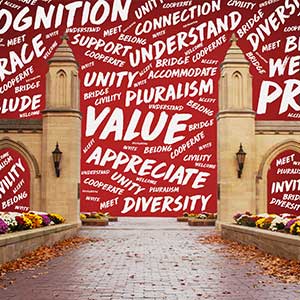
The Welcoming Campus: Diversity, Difference, and Inclusion at IU Bloomington
This course brings social science theories and research to bear on the question of what it means to be a “welcoming” college campus.
Learn more about this course
This course brings social science theories and research to bear on the question of what it means to be a “welcoming” college campus.
Learn more about this course
This course considers the ways in which black bodies have been depicted through photography, a mechanical and “objective” medium that has historically proclaimed to offer a direct index of reality.
Learn more about this course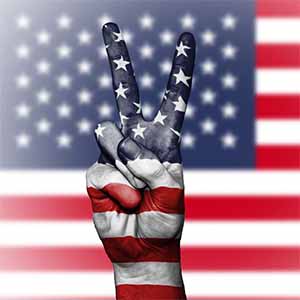
We will consider the impacts, both positive and negative, of the arrivals of newcomers upon our shores, and review the angry debates that arose whenever social expectations for immigrants’ assimilation into the dominant culture did not proceed as smoothly as planned.
Learn more about this course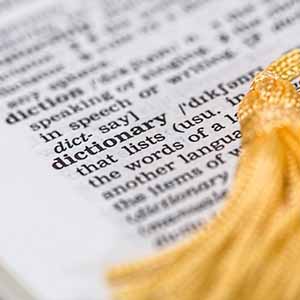
This course explores the roles that perceptions of linguistic differences among groups and individuals play in intolerant behavior on the part of some segments of American society, and the corresponding roles that genuine understanding of these differences can play in promoting tolerance and guiding responses to intolerance.
Learn more about this course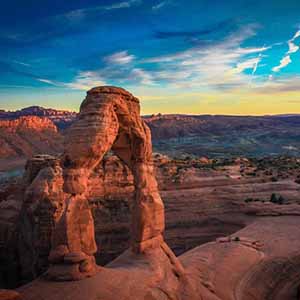
From tropical rainforests, to urban playgrounds, parks and protected areas have long been used to promote environmental conservation and the protection of endangered species around the world.
Learn more about this course
Must cities be disconnected from nature? Or can our cities be greener places, more alive with trees, birds, and other wildlife?
Learn more about this course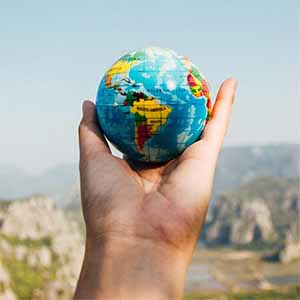
In what ways do we identify some bodies and places with ourselves and others as just that—“other”? This course examines the links between human bodies and environmental change in our new era of globalization.
Learn more about this course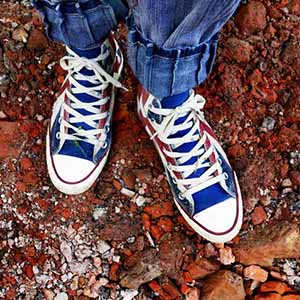
This course deals with the controversy concerning Ebonics (often referred to as Black English or African American Vernacular English in the academic literature).
Learn more about this course
It is a truism that different cultures propound different visions of human life. But what are we as contemporary residents of an increasingly heterogeneous nation to make of this diversity?
Learn more about this course
The course COLL-C104 Language Hotspots and Biodiversity has at its core the interplay between human cultural diversity and biological diversity, and, as such, covers many themes that are central to Themester 2017.
Learn more about this course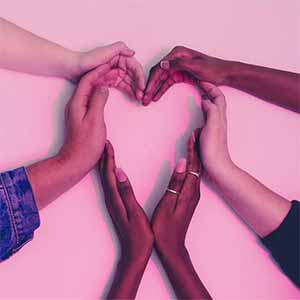
This course takes up the themes of diversity, difference, and otherness from the point of view of the critical humanities.
Learn more about this course
This course takes up the themes of diversity, difference, and otherness from the point of view of the social sciences, namely sociology.
Learn more about this course
This course takes up the themes of diversity, difference, and otherness from the point of view of the natural sciences.
Learn more about this course
In spite of media reports telling us that “Chinese culture is like this” and “Chinese people do or think that”, both China and Chinese are diverse. Differences in regional and ethnic groups are pervasive topics of conversation among Chinese, have become the focus on tourism and cultural preservation programs, and often are celebrated through the rhetoric of multiculturalism.
Learn more about this course
Irrational and often lethal hatred of Jews has a history of over 2000 years. The “Othering” of Jews and the entrenchment of difference has been a precondition for the exclusion of Jews. Antisemitism made its first appearance in the ancient world, later intensifying in waves in Christian Europe and, to a lesser extent, in Islamic countries.
Learn more about this course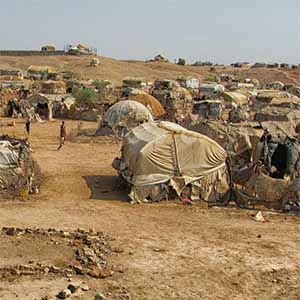
As a result of wars, persecution and conflicts worldwide replacement hits all time high: 59.5 million people, every 122 human is a refugee or seeking asylum – half of them children.
Learn more about this course
No other physical geographic space has captured our most heated and controversial debates about citizenship more perfectly than the American borderlands, the border between the U.S. and Mexico.
Learn more about this course
One of the primary factors leading to the dramatic demographic changes in the U.S. has been the growth of the Latina/o population. This growth is due to the relatively young age of the population coupled with migration patterns over the past few decades.
Learn more about this course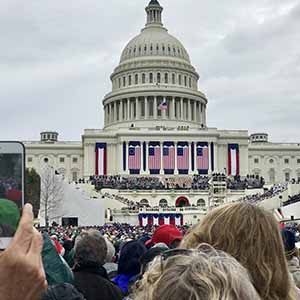
Issues of race and ethnicity have shaped American political history from the colonial era to the present, and certainly well before the election of President Barack Obama and candidacy of Donald Trump.
Learn more about this course
The question “who is one of us?” is important whether we are discussing religion, immigration, forced migration, race, gender, economics, mental health, disease, politics and even biology.
Learn more about this course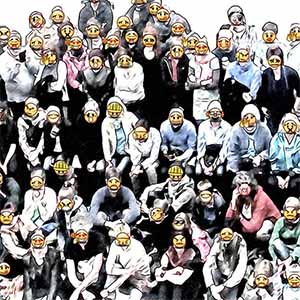
Gender, sexuality, and race are vitally important, yet extremely complicated, aspects of our everyday lives. We tend to assume that these categories mark crucial differences among us.
Learn more about this course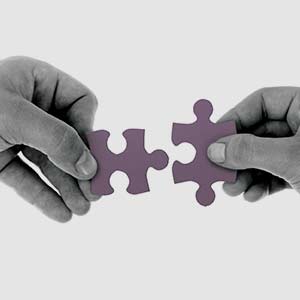
Issues of race and ethnicity have shaped American political history from the colonial era to the present, and certainly well before the election of President Barack Obama and candidacy of Donald Trump.
Learn more about this course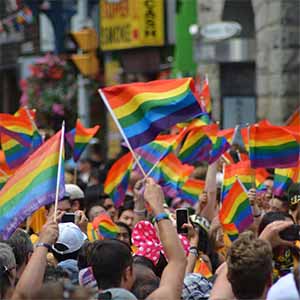
This course surveys central topics in the study of gender, sexuality, and politics.
Learn more about this course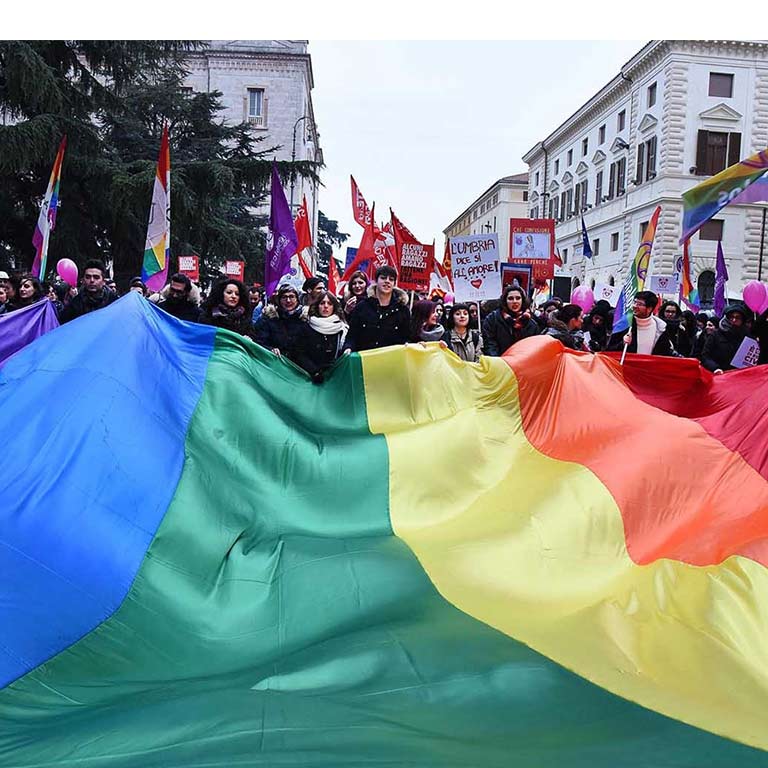
In this course we will examine the relationship between the law and gender, with a focus on laws relating to sexuality.
Learn more about this course
Consistent with the goals of Themester 2017, entitled Diversity, Difference, Otherness, this course considers fundamental theoretical and empirical questions about how we construct, experience, respond to, and sometimes resist medical definitions of difference.
Learn more about this course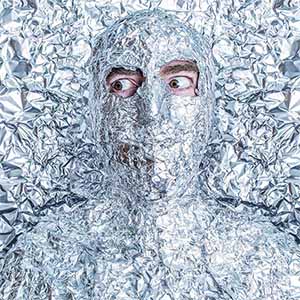
There are many reasons to be optimistic about racial relations in the United States today. Racial discrimination is outlawed, the majority of Americans believe that diversity strengthens our nation, we’ve had a black president, and today’s youth are arguably the most open-minded generation to date.
Learn more about this course